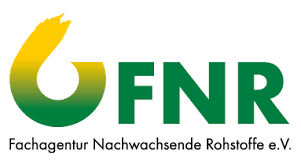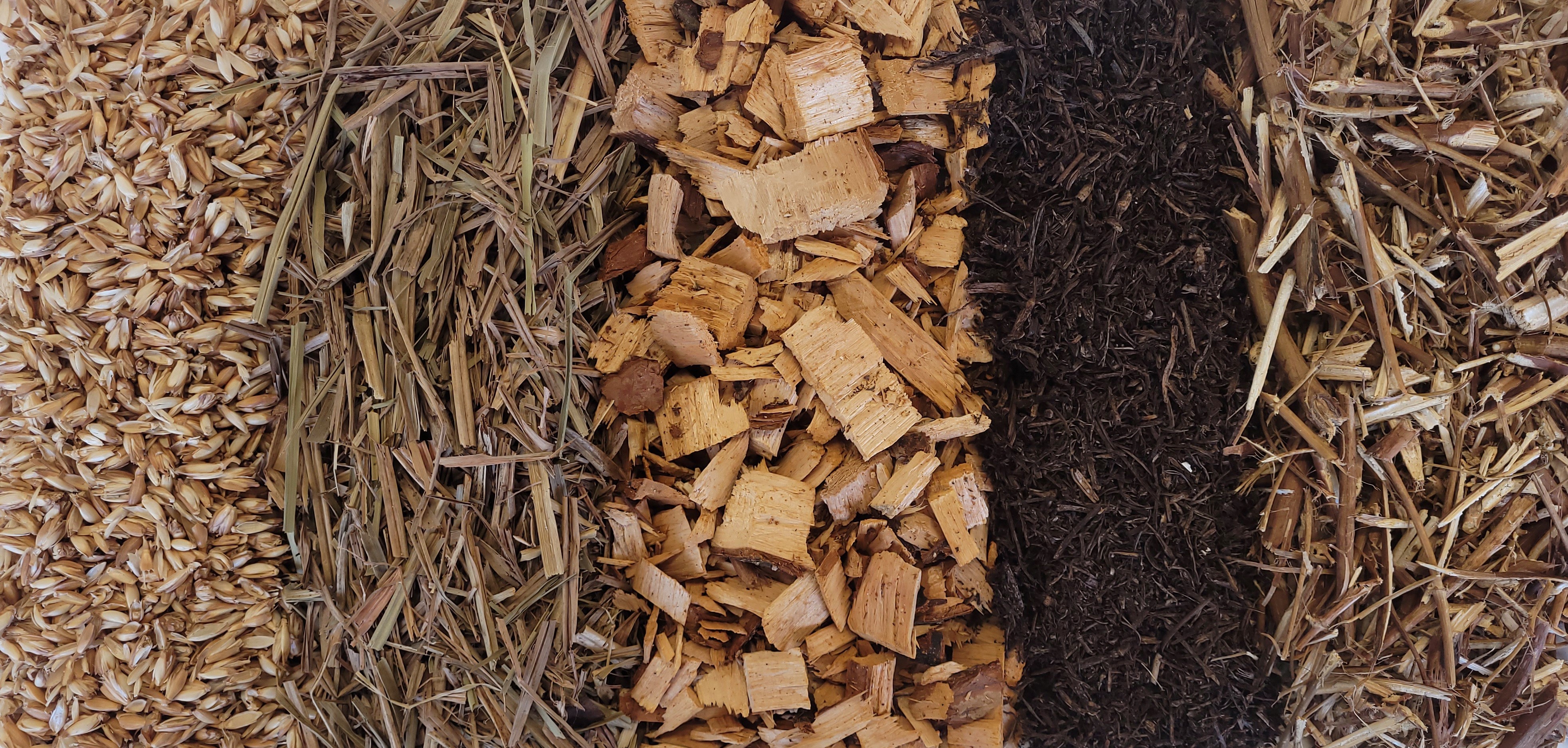Collaborative project junior research group: Regionally occurring residues and renewable raw materials as peat substitutes: processing - use - evaluation; sub-project 2: processing and process optimization
The core topic of the junior research group is the testing of new peat substitutes based on regionally available waste materials and renewable raw materials, as well as the expansion of the possible uses of materials that are already in use.
Project background
The junior research group is pursuing an interdisciplinary approach to mastering the challenges of peat reduction for horticulture and training young scientists in various aspects of peat reduction. The core topic of the junior research group is the testing of new peat substitutes based on regionally available waste materials and renewable raw materials, as well as the expansion of the possible uses of materials that are already in use. The work is aimed at both the production, supply and processing of peat substitutes and the production of peat-reduced or peat-free potting soils and growing media, as well as their sustainability assessment in horticultural use.
In addition to the use of regional waste materials (e.g. hop vine chaff), the focus will be on the use of material from (lowland) paludiculture and sustainably produced biomass (including short rotation coppice wood, hemp fiber). This work is accompanied by investigations into the quality and sustainability of the tested peat substitutes and the potting soils and growing media produced from them. A key aspect of the quality testing is the development of a method based on near-infrared spectroscopy (NIRS) for the quantitative detection of peat in potting soils and growing media, as well as the general use of NIRS as an innovative analytical tool for quality assessment.
Project objective
The interdisciplinary approach of the junior research group is intended to address, in particular, the resource-conserving processing, optimized use and sustainability assessment of regional waste materials and renewable raw materials, as well as the potting soils and growing media produced from them. The scientific and technical objectives with regard to the use of regionally occurring waste materials and renewable raw materials are:
- Resource-conserving processing of fibrous materials using refiners
- Stabilization of the N-balance of cellulose-rich materials during processing, e.g. by composting
- Plant cultivation testing for suitability as a peat substitute
- Optimization of substrate mixtures and cultivation methods with a view to the most complete possible substitution of peat
- Development of a test method for quantifying the peat content of potting soils and growing media based on near-infrared spectroscopy (NIRS)
- Methodological further development of the methods for quality assessment of substrate raw materials as well as potting soils and growing media with a focus on the use of NIRS
- Preparation of life cycle assessments for both the raw materials and the potting soils and growing media produced from them along the value chain, and evaluation of their sustainability, taking into account the ecological, economic and social dimensions
- Determination of the operational and economic costs associated with a switch to peat-reduced substrates
Project procedure
The sub-project 2, which is based at the Technical University of Rosenheim, is divided into the following work packages (WP):
WP 1: Procurement of suitable materials
WP 2: Preparation of potentially suitable materials
WP 3: Optimization of the preparation
WP 4: Investigation of the chemical composition of soluble and volatile components of wood fibers produced at elevated process temperatures
The main focus of the task is to optimize the processing of regionally available waste materials and renewable raw materials for use as a peat substitute. All investigations are carried out in close cooperation with the person in charge of sub-project 1 at the University of Applied Sciences Weihenstephan-Triesdorf (HSWT).
At the beginning, potentially suitable materials are identified, procured from appropriate sources and prepared in the simplest possible way for a basic suitability test (WP 1). In the further course of the project, the selected materials are processed using various thermal, mechanical and thermo-mechanical processes, with the focus on defibration using refiners (WP 2).
In an ongoing exchange with the person in charge of subproject 1 at the HSWT, the processing is optimized step by step for the respective application (AP 3). This applies in particular to the fiber geometry and thus significantly to the physical properties of the materials. In addition to determining the geometric and fiber-morphological particle properties, the effect of elevated process temperatures (> 100 °C) on the chemical composition of the soluble and volatile wood components is investigated specifically for wood fibers (AP B4).
During all processing steps, the process parameters (energy demand, throughput, material loss) are closely documented for the life cycle assessment and sustainability evaluation. The optimization of the processing is finally based not only on plant cultivation criteria and sustainability aspects, but also on questions regarding the subsequent feasibility in practice.
Innovation
Based on the findings obtained in the course of the project, substrate producers can optimize their process parameters and plant technology in a material-specific manner, thus significantly increasing the proportion of regionally available residual and renewable raw materials in substrates without causing an increased cultivation risk for the gardener. The increased quality and reliability of selected peat substitutes, as well as the optimization of the manufacturing process in terms of energy consumption, throughput, machine wear and material losses, contribute to the fact that regionally available residual and renewable raw materials become more competitive compared to other substrate raw materials, especially peat.
Overall lead for THRO input
Dr. Dieter Lohr
Hochschule Weihenstephan-Triesdorf
Hochschule Weihenstephan-Triesdorf
Project lead
Sub-project lead
Prof. Dr. Klaus Menrad
Hochschule Weihenstephan-Triesdorf
Hochschule Weihenstephan-Triesdorf
Project staff
Alisa Kehr
T +49 (0) 8031 / 805 - 2864 alisa.kehr[at]th-rosenheim
T +49 (0) 8031 / 805 - 2864 alisa.kehr[at]th-rosenheim
Michael Muser
Hochschule Weihenstephan-Triesdorf
Hochschule Weihenstephan-Triesdorf
Project duration
2023-07-01 - 2026-06-30Project partners
Hochschule Weihenstephan-Triesdorf
Funding programme
Fachagentur Nachwachsende Rohstoffe


